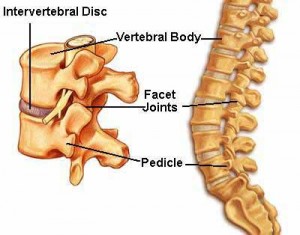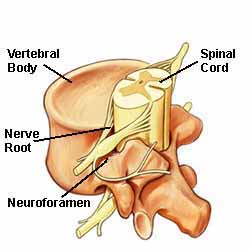What Chiropractors Really Do
You have been seeing a chiropractor for years, but it still seems difficult to explain chiropractic care, what you experience when treated, and why it works. For people who have never been to a chiropractor, the picture is even murkier. You hear about friends who go to the chiropractor to have their back ‘cracked’ or ‘popped’ and wonder how that could help your back pain. You hear stories of ‘once you’ve been to a chiropractor, you just have to keep going back’ or, that the treatment might hurt or even be harmful.
It is possible to help the long-time patient understand their chiropractic experience and to give the prospective patient more than prejudices to evaluate chiropractic. There is a scientific and logical basis for chiropractic without denying that it is a complex art and science with aspects that are not yet fully understood or appreciated. With an understanding of what really happens during a visit to a chiropractor, you can see how chiropractic fits in with other spinal specialties to provide an integrated approach to treating back pain.
To do this, it is helpful to build a mental picture of how a chiropractor looks at the spine. You probably remember the picture of the spine in biology class, or perhaps a spinal x-ray you discussed with your internist, or the plastic model of the spine in the chiropractor’s office. The ‘living spine’ and how it functions in the body will help you to better understand chiropractic and what the chiropractic experience is all about.


Understanding the Spine as a Dynamic Structure
Let’s review the basic construction of the spine. The spine is made up of a stacked set of bones called the vertebra. Ligaments bind the vertebra together, muscles attach to the bony extensions of the vertebra, and a complex system of blood vessels nourishes the spine. Between each vertebra are cartilage pads called discs, which act as shock absorbers and distributors for the demands we put on the spine. The spine forms the protective housing for the spinal cord, which begins at the brain stem (back of the skull) and extends like a ‘hot’ wire down the length of the spine. Ultimately, the spinal cord sends out nerve branches that send and receive signals from every cell in the body.
The spine is a living and active structure, even when the body appears to be absolutely still. Nerves fire signals to and from the brain. Ligaments actively help the brain monitor where we are in space. Muscles work to stabilize the body in a field of gravity. Although this activity can slow down during sleep or rest, it never stops.
The chiropractor sees the spine as a series of motor units; each called a spinal joint complex. Each joint complex is composed of sets of two bony vertebra, the disc between, and the ligaments, muscles, tendons, fascia, blood vessels, and nerves.
It is important to emphasize that the spinal joint complex is an intricate and powerful link between the brain and the whole body. Chiropractors view the spinal joint complex as its central diagnostic and treatment area.


